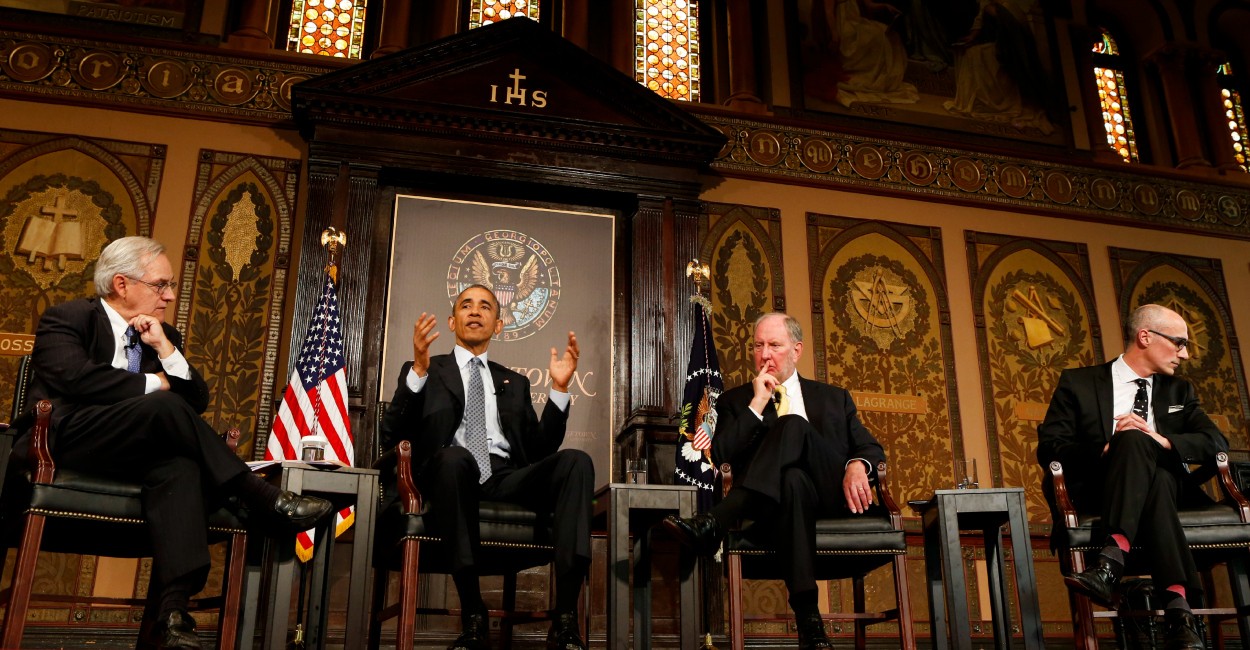With little or no history to show what is possible in a robust economy as we have had in the past, many potential entrepreneurs today see America in decline and don't want to risk failure that would render them at the mercy of others.
To the older generation, there was the president danger of failure as well, but the past generation believed there was always as way to fight back. Opportunity for success was founded in the knowledge, if you worked hard enough you will succeed.
Now that is only a dream, the story telling from the last generation that begs disbelief.
Older Entrepreneurs Leading the Way
Source: Christian E. Weller, "What Data on Older Households Tell Us About Wealth Inequality and Entrepreneurship Growth," Center for American Progress, May 27, 2015.
May 29, 2015
Entrepreneurial activity—a measure of a country's dynamism and indicator of economic opportunity—can enhance economic growth through a number of channels.
- Entrepreneurship fosters innovation through the development and marketability of advanced, often groundbreaking products and services.
- Small businesses tend to be more capital intensive than larger ones, which accelerates the adaptation and diffusion of new technologies and deepens an economy's capital base.
- Starting and running one's own business often allows entrepreneurs to better contribute their talent to economic activities over a longer, sustained period of time than in wage and salary employment.
- Entrepreneurship has fallen among households younger than 50 years from 1989 to 2013, while it increased for older households during that period. Older entrepreneurship growth appears to be especially noticeable when comparing the years post-1998 with prior years—up to and including 1998—as older entrepreneurship became more widespread in the later years than before.
- Wealth has particularly grown among the subset of households from which entrepreneurs are increasingly found—white, married, college educated and 50 years old and older.
- The share of older entrepreneurs with substantial capital income—income that is greater than $5,000 in 2013 dollars—has gone up since the mid-1990s.
- They could find ways to build wealth on a broader base than has been the case in the past, especially by emphasizing asset building among people of color, single women, and younger households.
- They could develop ways for older households interested in pursuing entrepreneurship to diversify their incomes.







